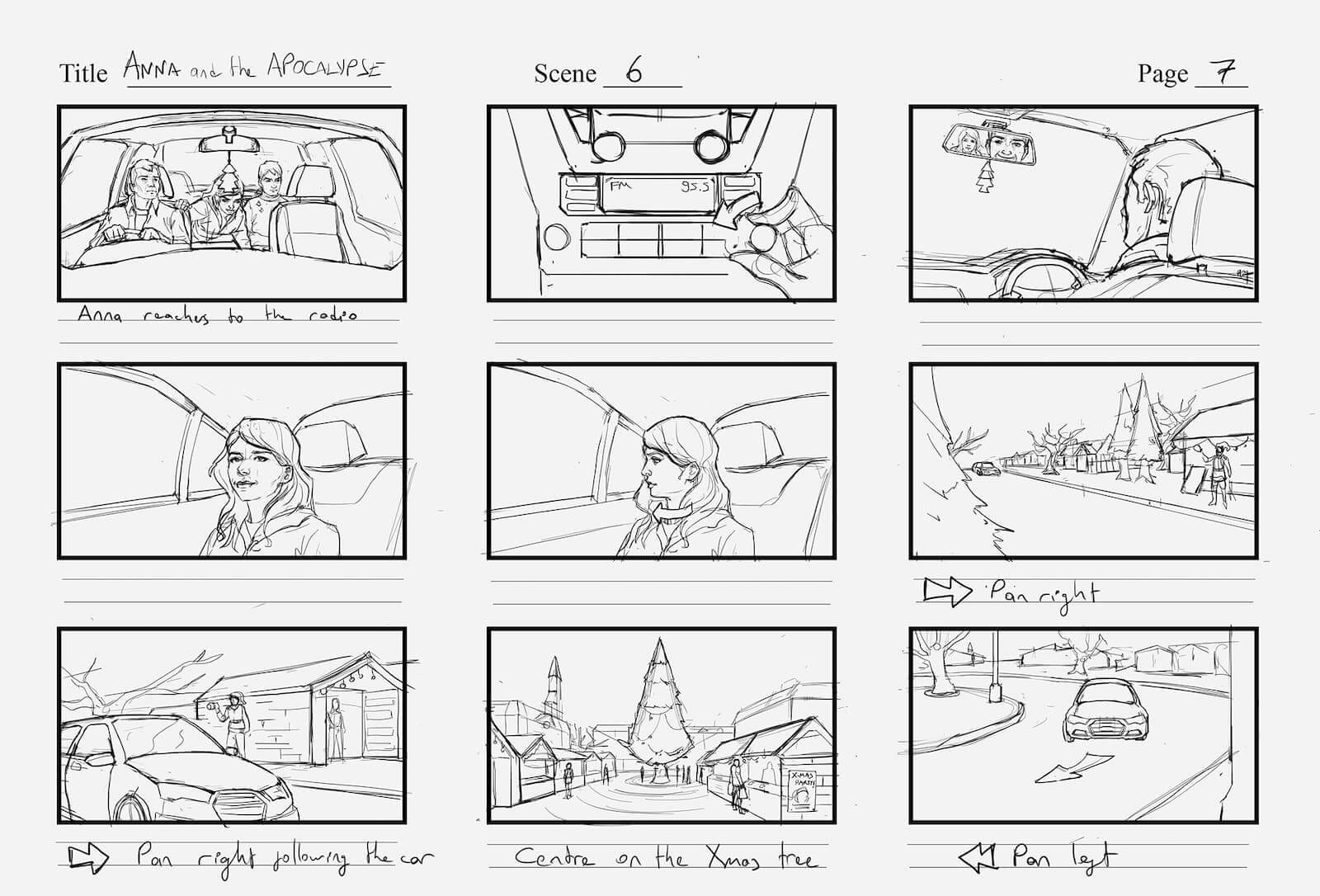

So if you're looking for someone to help with your next epilogue, look no further.DESIGN PRESENTATION | END TITLE | LOGOS | MAIN TITLE | 2D MOTION GRAPHICS | EDITORIAL | ILLUSTRATION | STORYBOARD | TYPOGRAPHY Winner of 3 Academy Awards including Best Picture, Ben Affleck’s Argo tells the story of how six Americans escaped from the U.S embassy in Iran moments before it was overthrown in 1979, and how they were eventually rescued. In keeping with Atwood's approach to speculative fiction, the epilogue underscores the book's use as a parable for helping us understand how authoritarianism rises and falls.Īt Boords, we love literary devices and we can't stand loose ends. In the tapes, Offred provided an oral history of her life as a handmaid. Margaret Atwood's epilogue is set in the distant future and reveals that the main events of the book were actually a collection of tapes analysed and transcribed by Professor Pieixoto, a scholar attending an academic conference. In this epilogue, readers get a retrospective scope on the world of Gilead, the theocratic regime in which the novel is set, and most notably, how the regime crumbles long after the life of Offred, the book's protagonist. Margaret Atwood's most famous novel, The Handmaid's Tale, employs an epilogue that creatively underscores many of the book's main themes while only giving subtle hints as to the main characters' fates. And it also reassures nervous Potter fanatics that all his suffering and dragon battling wasn’t in vain. It’s a reward for readers who spent so much time in Harry’s wizarding world. At the end of the final installment, there’s an epilogue – set 19 years after the events in the rest of the book – where readers get to see the fates of the characters as adults.
#Storyboard of proloquo series#
Do epilogues help to develop a character?Īfter seven books and a neverending array of twists and turns, the Harry Potter series finally drew to a close with Harry Potter and the Deathly Hallows. Here are three questions you might want to ask yourself before you go cooking up an epilogue: 1. It's a supplemental tidbit that helps a viewer understand what's happened, offering a neat resolution. You definitely shouldn't use it as a cheap substitute for a meaty, satisfying ending, and your epilogue should provide a point of view that's vital to the main story. Like setting off a fire alarm, an epilogue should only be explored when absolutely necessary. In case of emergency: Four Famous Epilogue Examples We’ll show you a few examples below so you can exercise some Greek epilogos in your next production. Of all the literary devices, the epilogue is a corker, with people still going mad for it today. Some shall be pardoned, and some punished, Go hence to have more talk of these sad things, The sun for sorrow will not show his head. Remember As You Like It or Romeo and Juliet? At the end of this smash hit, the iconic playwright provides a touching post-play description, which explains the dreary atmosphere that sets in after tragedy hits the play’s two lovers:Ī glooming peace this morning with it brings Then Shakespeare and his Elizabethan mates came along and ripped it off. invented the epilogue aeons ago as a way to summarise a play’s moral lessons, as well as explaining what happened to its main characters. Really, the epilogue should be called the Greek epilogue.

This makes it the opposite of a prologue, which always pops up at the start. The epilogue always appears at the end of a film (or literary work). Like so many other words in the storytelling world, ‘epilogue’ comes from a Greek word, ‘epilogos’, which means ‘conclusion word’.


 0 kommentar(er)
0 kommentar(er)
